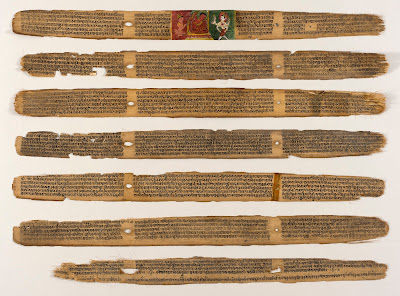One of the two main sources for the traditional Indian medical school known as ayurveda, together with the later Sushruta Samhita.
Despite the fact that it is ascribed to Charaka, given its references to a variety of medical systems and methods, it is more likely a compilation from previous sources.
The idea of the three body humors—vata (wind), pitta (bile), and kapha (blood)—underpins ayurveda's medical foundation (phlegm).
Although everyone possesses all three humors, each is made up of distinct components, the quantities of which are used to explain varied body types, metabolic inclinations, and personalities.
Diseases are produced by an imbalance of these humors, which may be induced by one's environment or personal behaviors, while health is the condition of being in balance.
The Charaka Samhita has been revised and translated into a number of languages, and it has been used as a source for secondary studies such as Debiprasad Chattopadhyaya's 1977 book Science and Society in Ancient India.
You may also want to read more about Hinduism here.
Be sure to check out my writings on religion here.


